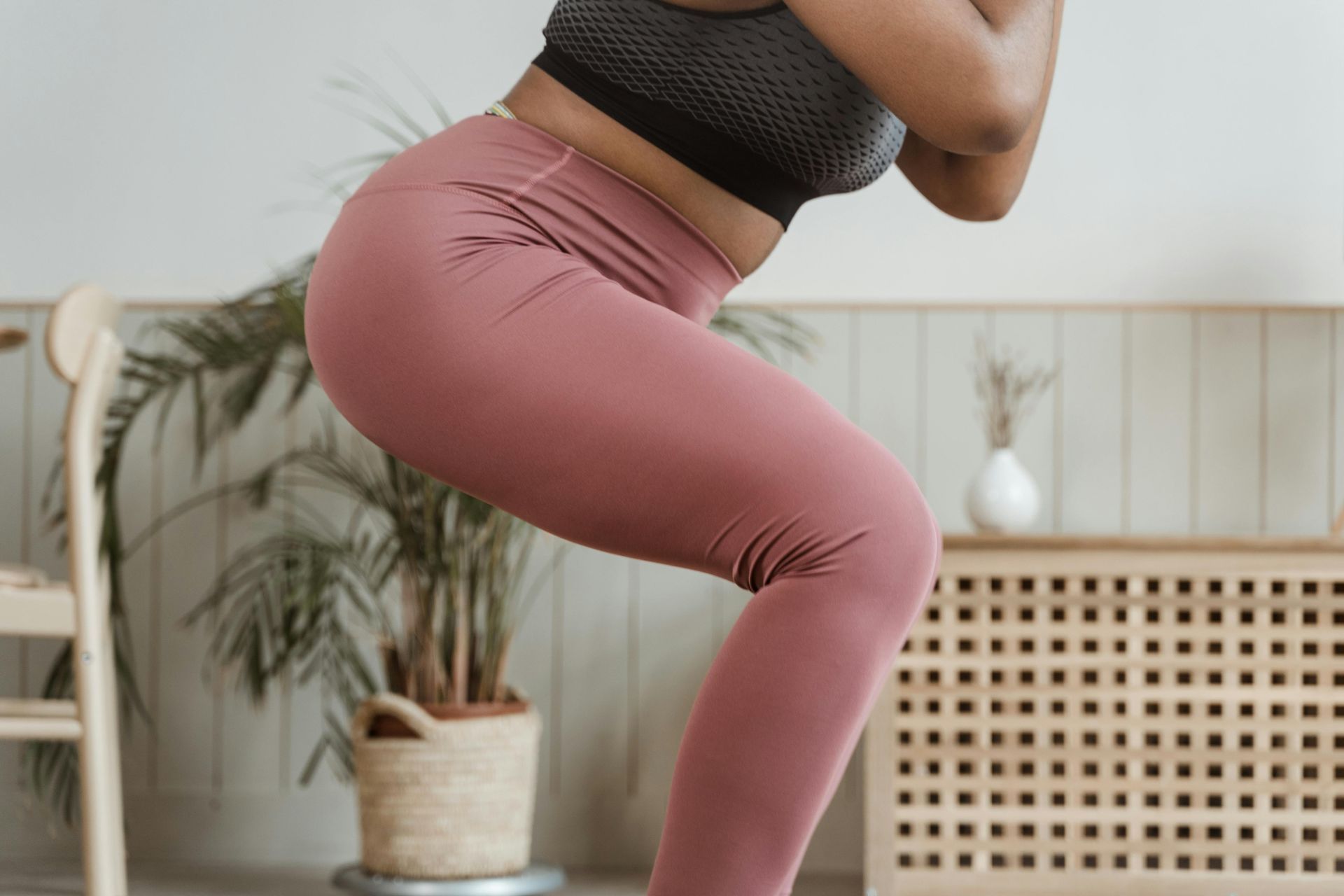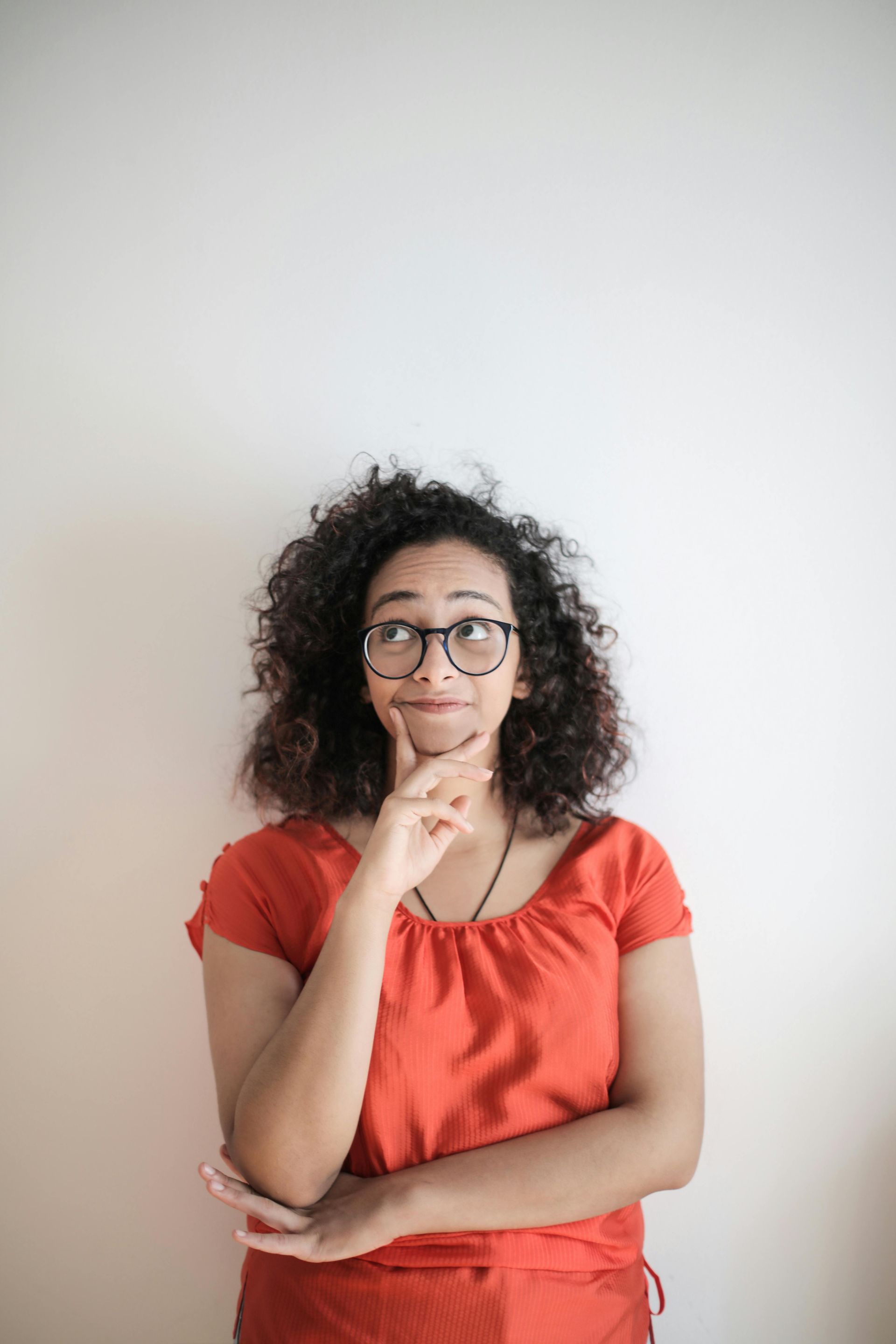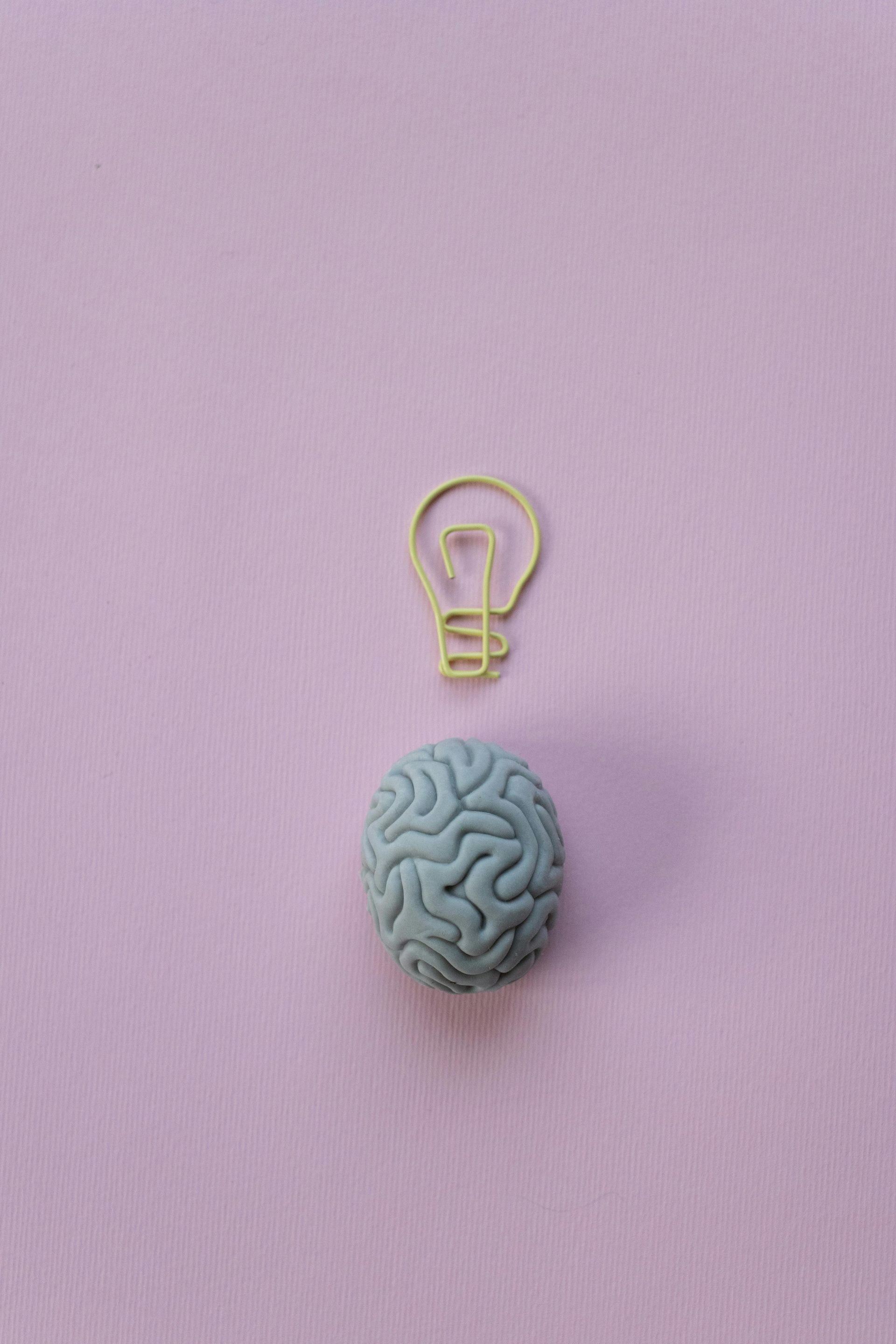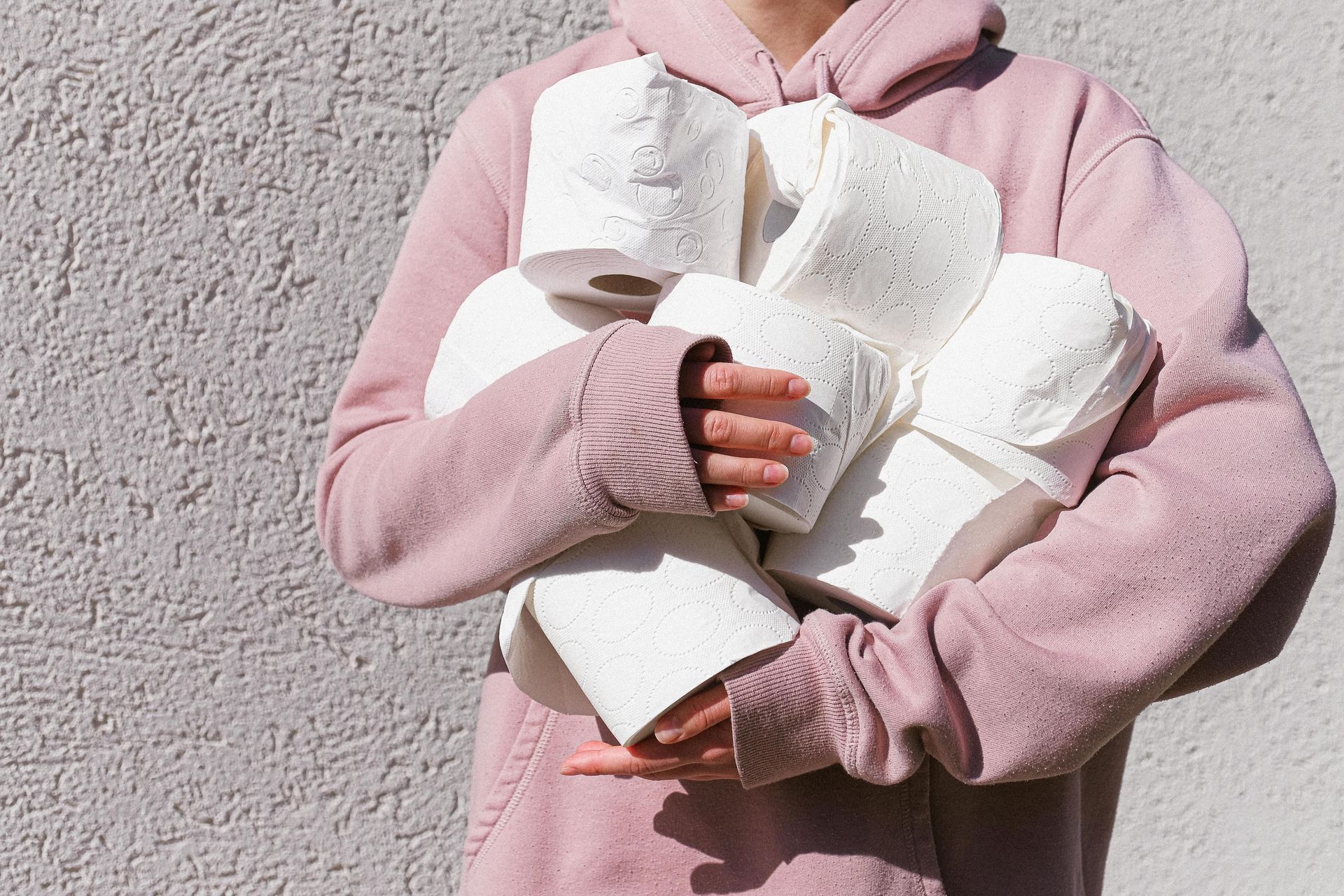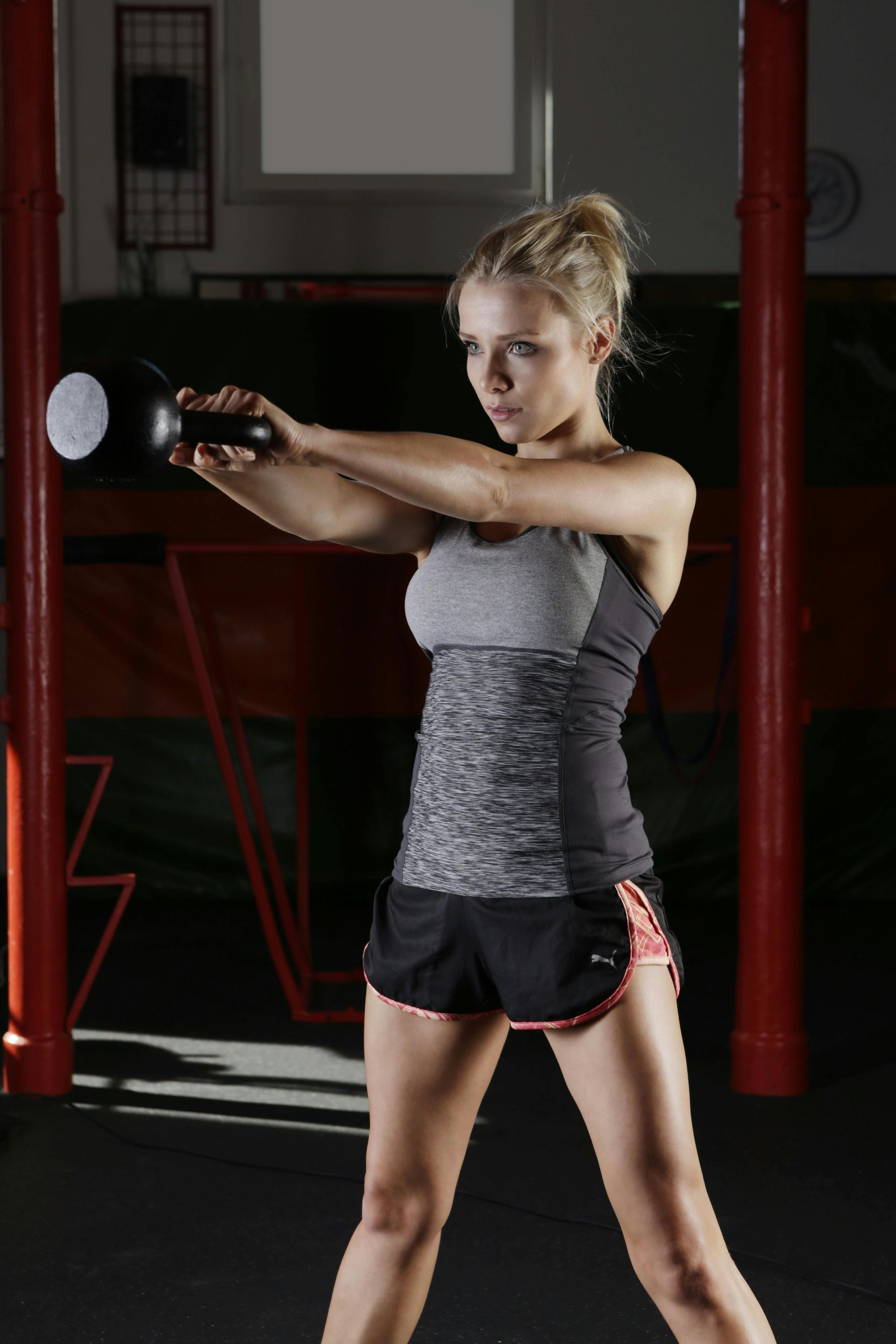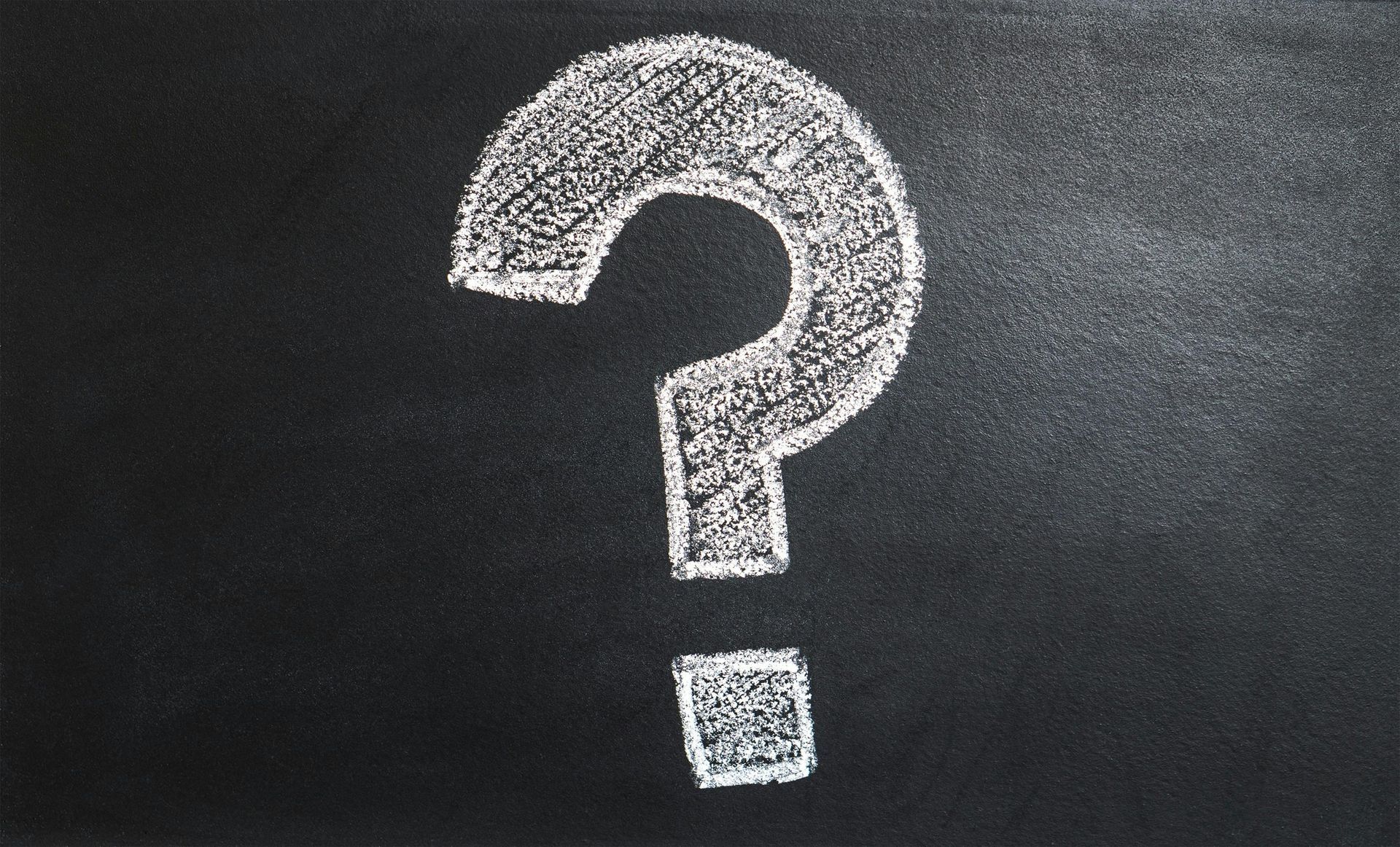The top 3 fitness tests you need to do now
Or how will you know you're improving?
I know I've mentioned this before, but I have a thing about that motivational quote that says "if nothing changes, nothing changes".
Unfortunately, when it comes to physical health, this isn't true. If we do nothing, chances are things will change... but for the worst.
Without challenging our muscles, we can lose ~1% of our muscle mass every year, which doesn't seem like much, but it adds up to making every day tasks more difficult.
Things like walking your dog, going up and down stairs, opening jars, getting out of chairs.
And with reduced muscle mass, comes reduced bone density, at a rate of ~1.5% each year, which also doesn't seem like much, but that's an ever-increasing risk of bone fractures and breaks that seriously limit your independence.
Luckily, it's NEVER too late to do something.
And one of the best things you can do, is to be aware of where you are now and then take action to make improvements.
Test 1 - the full body mobility one
This tests your flexibility, mobility and strength.
1. Stand with feet shoulder width apart, and keeping your legs straight reach down to touch your toes => tests flexibility of the back of the body
2. Position your arms outside your feet and then bend your knees into a deep squat, bringing your hips as low as possible while keeping chest lifted and feet flat on the floor => tests your ankle, knee and hip mobility.
3. Raise your arms, one at a time to bring them in line with your ears => tests for limitations in shoulder and thoracic spine mobility.
4. Keeping the arms where they are, come to standing => tests leg and butt strength.
Heels not staying down? Probably ankle mobility => do more calf & foot stretches + heel raises
Squats wonky? Probably reduced strength and/or flexibility in one hip => do more hip flexor stretches + holding legs in table top while lying on your back.
Can't lift and keep your arms by your ears? Could be shoulder impingement and/or locked through thoracic spine => bird dog is great for both stretching and strengthening.
Test 2 - the balance one
Balance is super important as a marker for health span - the amount of time you'll live in health.
This test has a couple of parts:
1. Time yourself standing on one leg then the other and note it down. Repeat the test with eyes closed Goals are:
Age 40-49 => 42 secs open + 13 secs closed
Age 50-59 => 41 secs open + 8 secs closed
Age 60-69 => 32 secs open + 4 secs closed
Age 70-70 => 22 secs open + 3 secs closed
2. The standing bicycle. Stand on one leg with the opposite arm lifted. Bring the knee up to hip height, while bringing the opposite elbow to the knee. Return to the starting position and repeat up to ten times without letting your foot come back down to the floor.
It's both an excellent test AND an excellent practice.
Don't forget to brush your teeth every day standing on one leg too!
Test 3 - the cardio health one
Did you know that cardiovascular fitness isn't just about heart and respiratory health, but also provides protection for brain health? You can read more about that here.
One of the best measures is the VO2 test (max amount of oxygen used during maximal effort) and there are lots of hideous ways to test this.
The Rockport test is probably the least hideous. You'll need to wear a heart rate monitor to track your heart rate and it can be done outside or on a treadmill.
1. Warm up by walking gently for 5-10 minutes
2. Walk one mile (1.6km) as fast as you can (without jogging) while wearing a heart monitor.
3. Record your heart rate at the end of the mile. Enter your data and heart rate here. The test will give you your score.
You can check your score by clicking here (click on "results" in the table of contents on the left hand side of the page. NB - this page also tells you how to perform the test without a heart rate monitor).
If you already wear a fitness tracker, you'll probably find you have access to your VO2 rate in your app.
How can you improve your VO2 max rate? By doing more cardio exercise - aim for at least 150 minutes/ week of moderate or 75 mins of vigorous exercise.
This can include walking, dancing, aerobics classes, running, cycling...anything that gets you out of breath.
And the more vigorous exercise the better.
Which is most important?
They're all important.
I know it can seem overwhelming so the most important thing is to pick something and start doing it. I'd definitely recommend adding a daily practice of one-legged teeth cleaning.
Then, I'd layer on some Pilates - this is going to improve balance, flexibility, mobility and strength in a way that's going to set you up for pain-free movement.
Looking for a Pilates class? Join the Pilates Priority Wait List and be first to hear when booking opens.
If you're looking for a bit more, you can add strength, flexibility and balance work with us too. Join the LiFT & FLeX Priority Wait List and hear as soon as spaces open up.
Want some more tests to check how well you're ageing? Check out this blog



